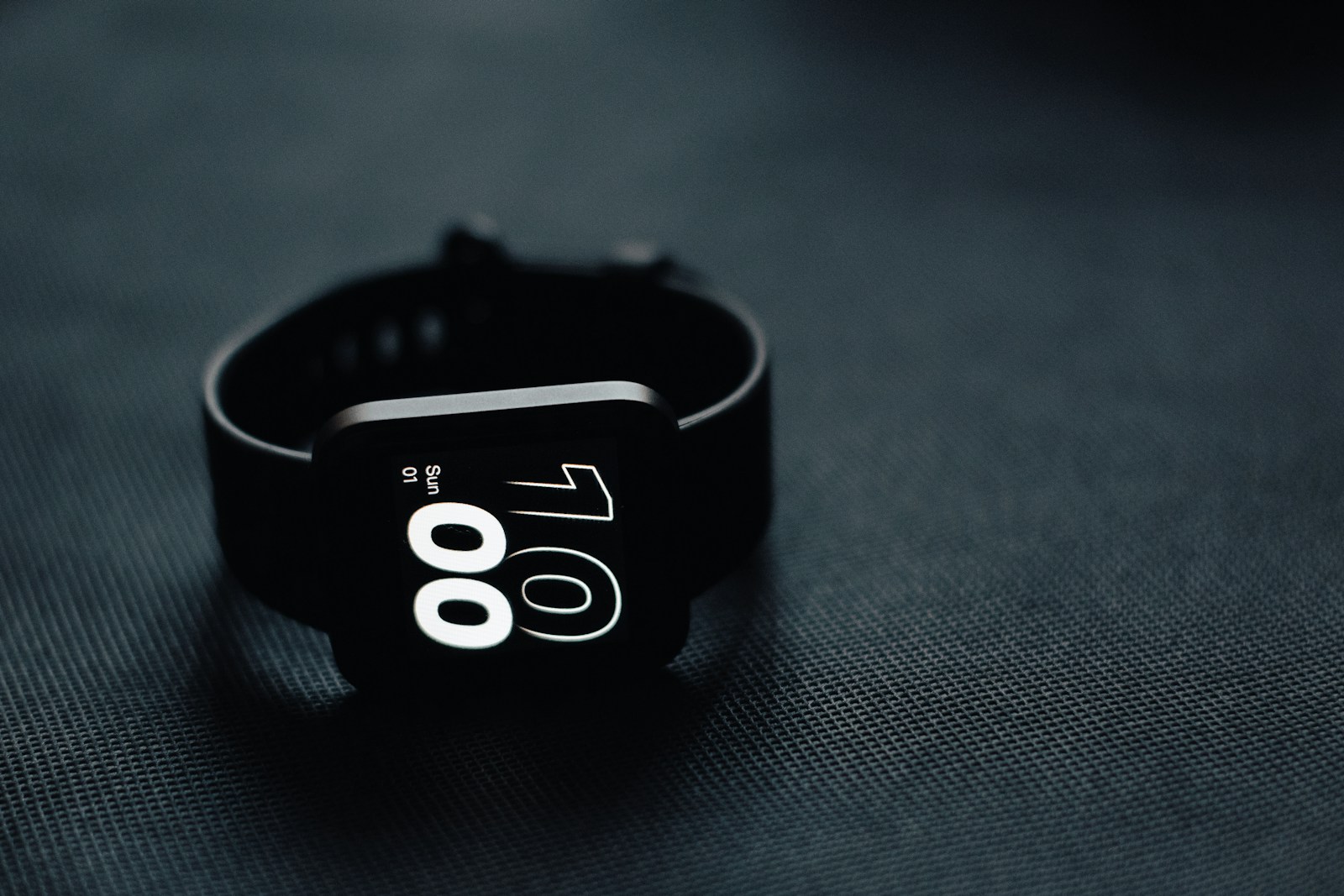
That stylish wristband or smartwatch on your wrist, monitoring every step, heartbeat, and mile, is now more than a gym tool.
Devices like Garmin, Fitbit, WHOOP, and the Apple Watch have become daily companions that track not only workouts but also sleep, stress, blood oxygen, and even early signs of disease.
While having access to this data benefits you, it is also collected and used by companies at no cost to them. These insights can inspire healthier habits, detect problems sooner, and provide encouragement when progress stalls.
But behind every data point lurks a troubling question: Who actually owns your workout data?
What Do Wearables Collect?
80% of fitness apps share user data with third parties
Wearables today are advanced data-accumulation tools. They log steps, distances traveled, and calories burned, but also heart rate variability, oxygen saturation levels, and sleep patterns.
Some of them even log electrocardiograms or pick up on skin temperature in an effort to measure readiness and recovery.
All of this information is collected in real-time, stored temporarily on your phone and then synced to a cloud-based service governed by the manufacturer.
What looks like a simple chart on your phone has massive databases processing and analyzing your biometric information behind it.
This information is extremely sensitive. Unlike shopping habits or search history, it is directly about your physical condition and health.
As such, the consequences of how it is processed are far greater than most are aware of.
What Do Companies Do With It?
Most wearable makers say data is collected to provide richer services, personalized insights, and sometimes medical-grade analysis.
Apple has partnered with research institutions to use anonymized watch data in large studies. WHOOP promotes its device as a performance tool for athletes and emphasizes recovery data that relies on continuous monitoring.
There’s also a business side to it. Aggregated information is often shared with partners such as universities and insurers.
Fitbit, before Google acquired it, worked with health providers on how wearable data could benefit patients. Under Google, concerns about integration with advertising or broader data profiles remain high among privacy advocates.
Even when companies claim data is anonymized, experts warn that biometric information can be hard to fully strip of identifiers. A unique heart rate pattern or GPS running route can be more revealing than a fingerprint.
The Fine Print of Ownership
If you use a wearable, you also agree to longer terms of service that outline who gets to use your data, how long it is stored, and why.
Technically, most of the time, individuals are still the “owners” of their raw health data, but companies retain the right to use, process, or share it under blanket circumstances.
This is significant. Strict ownership would imply that you would be entitled to the storage and monetization of the data.
What is instead most typically signed up for is a licensing model wherein the manufacturer gets to use the data for purposes other than the immediate experience of the app.
Why It Matters
At first, the risks may seem minor – but sharing how much you slept or how far you ran could still lead to scenarios such as:
- Insurance company premiums increasing based on levels of activity.
- Health measurements being used by companies for wellness programs.
- Biometric patterns being matched with consumer profiles by data brokers.
- Health data being hacked for identity theft or extortion.
Each of the examples shows how information on your wrist can reach far beyond your morning jog.
Taking Back Some Control
Users are not powerless. While the legal landscape surrounding health information continues to catch up, there are things that people can do to control their own privacy:
1. Verify permissions
Most apps let you cap sharing data with third parties or restrict what health categories are tracked. A few minutes in settings can reduce exposure by a large margin.
2. Limit sharing location
GPS tracks can reveal where you live, work, or exercise regularly, plotting your whole life. Turn off public maps or restrict how much location history is stored and shared.
3. Clear out expired data periodically
There are sites that allow erasing of old records. Clearing out information you don’t need reduces the amount stored in the cloud.
4. Use secure connections
Some people use a VPN to add extra security and anonymization when syncing or accessing health platforms online. Options include free VPN downloads, which encrypt traffic and hide IP addresses.
5. Stay aware of changes
Service terms can be modified with limited notice. Remaining alert to updates informs you if data-sharing habits are changed.
Looking Ahead
Regulators in Europe and parts of the United States are beginning to look at how personal health information is handled by wearable makers.
The European Union’s GDPR environment provides individuals with greater control over their data, including the ability to request deletion or export.
HIPAA regulations in the United States protect some medical data but not all consumer wearables, so there exists a gray area that legislators will likely address in the future.
With the development of technology, wearables will be more and more medically integrated. Already, there are some devices seeking FDA clearance for specific health use, and it is becoming increasingly difficult to differentiate between consumer gadgets and medical devices.
With that evolution will come more controversy regarding consent, ownership, and commercialization.
Conclusion
Wearable technology is both empowerment and danger. While they provide useful health feedback, they are also based on highly intimate information that companies can use in ways users are not entirely aware of – and which can have extensive impacts on its users.
As ubiquitous as smartphones, awareness is the key. Understanding what is collected, how it is used, and what safeguards are in place helps ensure your exercise and health data belongs to you, not the device or company tracking it.




